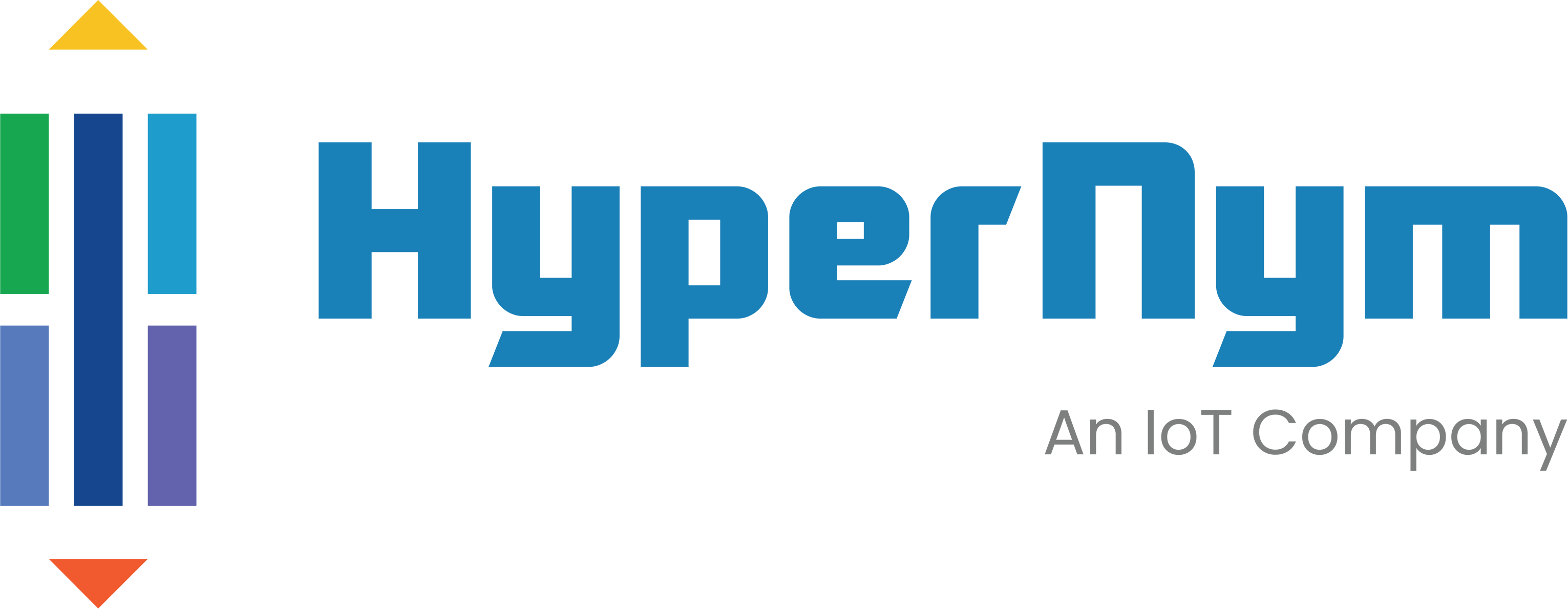Managing a commercial building can be an exciting but daunting task, especially when it comes to energy management. With the ever-increasing cost of fossil fuels and the pressing issue of climate change, it’s crucial to have impactful energy management strategies in place. According to the US Energy Information Administration (EIA), commercial buildings waste a staggering 30% of energy! While there are obvious steps to reduce energy waste, some decisions require a more comprehensive understanding of how occupants are using the premises.
Are you ready to move beyond basic metrics that only give you a snapshot of energy consumption over a specific period of time? It’s time to take a more holistic approach and assess your building’s ability to meet the needs of its occupants by using accurate and relevant data. By doing so, you’ll be able to analyze energy consumption patterns and behaviors on a deeper level. This analysis will give you the insights you need to make informed decisions on energy optimization, conservation, and cost management.
But how can you get your hands on this data? That’s where occupancy monitoring comes in. By using this solution, you can gain the answers you need for building administration and energy management. So, if you’re interested in learning how occupancy monitoring can help you save money, reduce energy waste, and make your building more efficient, keep reading!
What is Occupancy Monitoring?
If you’re looking for a way to optimize your building’s energy management strategy, you may have heard of occupancy monitoring. But what is it exactly and how does it fit into your plan?

In a nutshell, occupancy monitoring involves using advanced sensor technology to collect and report on occupancy metrics. While it’s sometimes referred to as people counting, it’s much more than that. With accurate and reliable systems, you can cope with varied lighting conditions and fluctuations in occupancy density levels, yielding beneficial results.
Traditional people counting methods, like clickers or basic headcounts, simply won’t cut it for long-term building optimization. If you want to future-proof your building and bring longevity to your business model, you need to invest in scalable and easy-to-integrate technologies.
Smart occupancy monitoring offers a range of benefits for your business. One of the biggest advantages is reducing costs and maximizing utility. By integrating with your building management system, an occupancy monitoring solution helps you create more people-centric spaces within your premises.
This technology serves a multitude of business requirements and is popular in commercial real estates, offices, academic spaces, and healthcare facilities. With occupancy management solutions, you can make informed decisions that will save you money and resources in the long run.
Don’t let your building’s energy management strategy fall behind the times. Incorporate occupancy monitoring to optimize your space, reduce costs, and create a brighter future for your business.
Occupancy monitoring as part of your energy management strategy
Occupancy monitoring plays a crucial role in the energy management strategy of modern buildings. With the help of machine learning, building management systems can identify patterns and make reliable predictions. Occupancy sensors are a vital tool that integrates with other automation technologies to reduce the need for human intervention and resolve operational problems quickly. But what are the benefits of occupancy monitoring for your building’s energy efficiency and overall sustainability?
Firstly, by using occupancy sensors, you can dynamically control HVAC, lighting, and other systems based on real-time insights into people movement and utility throughout your premises. This allows you to schedule key maintenance and operational activities at the most effective times and automate HVAC systems in line with actual usage.
- Managing Overcrowding
One critical aspect of occupancy monitoring is managing overcrowding, especially in shared or densely populated spaces. People counting systems can track the number of visitors in an area in real-time and alert management teams when a capacity threshold has been met. Overcrowding not only poses a health and safety risk, but it also increases the energy intensity requirements of your building, putting pressure on vital infrastructural systems. Accurate real-time footfall and movement data can help you open and close certain areas to ensure your building remains energy-efficient. - Predictive maintenance
Predictive maintenance and janitorial services can be significantly improved with occupancy monitoring. People counting data can be used to understand the frequency with which particular spaces are used, allowing janitorial staff to address specific zones and allocate resources more effectively. This not only keeps your building clean and safe but also ensures a cost-effective approach to resource allocation. Improve energy efficiency and comfort
Finally, understanding each space’s occupancy levels and traffic patterns can help improve energy efficiency by reducing unnecessary lighting or heating in vacant areas and maintaining even temperatures throughout your building. This also helps to create a safe and healthy environment for occupants while mitigating any resource-sapping initiatives you may have to undertake to respond quickly.
In addition, occupancy monitoring is an essential tool that can help improve the energy efficiency and sustainability of your building. By integrating with your building management system, occupancy sensors can provide valuable insights that help you create people-centric spaces, future-proof your building, and bring longevity to your business model.
How much energy do occupancy sensors save?
According to a study by the EPA, occupancy sensors can reduce energy waste by up to 68% and increase energy savings by 60%. Researchers monitored 158 rooms across 60 buildings and found significant energy savings in bathrooms, classrooms, and conference rooms. However, occupancy sensors can offer more than just energy savings. They can provide insights into how occupants use your building, allowing you to make informed decisions about downsizing or remodeling your premises.
Collaboration with Irisys helped the UK’s National Grid to identify a low overall utilization level across their commercial premises, enabling them to apply a more effective corporate property strategy. Additionally, an assistant professor at MIT notes that newly constructed buildings have become so efficient that materials required to create them have become the heavier energy consumer. If you already have existing premises, consider optimizing them through remodeling and retrofitting, and use occupancy metrics to develop impactful solutions.
Why choose HyperNet occupancy analytics?
HyperNet occupancy analytics offer several benefits, including:
- Accurate and Reliable Data:
HyperNet occupancy analytics use IoT-based sensors that provide precise and reliable data on occupancy levels, allowing you to make informed decisions about energy management, space utilization, and more. - Innovative Components:
HyperNet occupancy analytics include innovative components like staff detection and dwell time monitoring that help with energy and occupancy management. - Cost-Effective:
HyperNet occupancy analytics are a cost-effective solution for energy management as they provide an efficient approach to building maintenance, integrating with building management systems and new technologies. - Wide Range of Applications:
HyperNet occupancy analytics can be used in various scenarios, including retail analytics, supermarket queue management, and space utilization applications. - Experience:
HyperNet is a leading supplier of people counting sensors, with years of experience deploying over 500,000 units. Their continuously evolving technology allows them to provide refined people-counting solutions that meet the dynamic requirements of operations and energy management teams.
Conclusion
Occupancy monitoring can be a valuable tool in your building’s energy management strategy. By optimizing the use of space, you can reduce energy consumption, save money, and contribute to a more sustainable future. Incorporating occupancy monitoring into your energy management strategy requires careful planning and implementation, but the benefits are well worth it.
About HyperNym
At HyperNym, We accelerate innovation through our secure, efficient & customizable smart IoT solutions, products, and services that will help your businesses to thrive in the digital world. We provide SaaS IoT applications to address the difficulties confronted by enterprises, by empowering their businesses and industries. We are a family of brave, talented, and daring teams that have an ultimate desire to transform your ideas into real IoT solutions.


